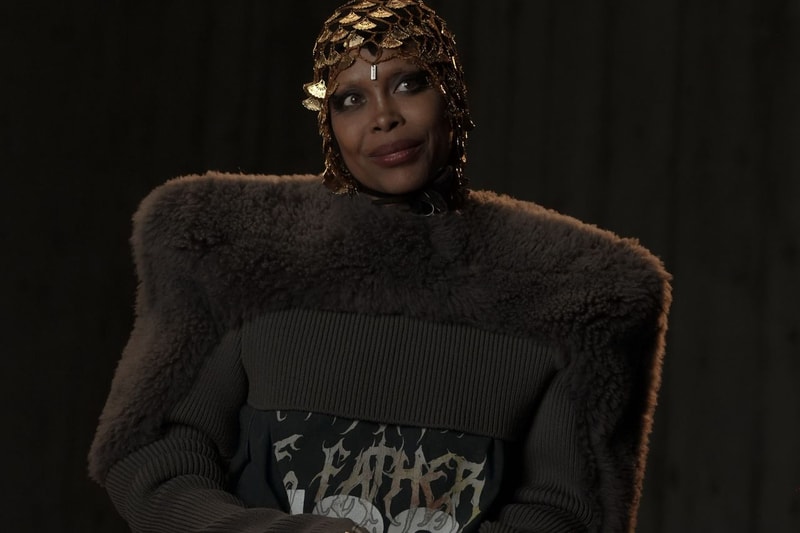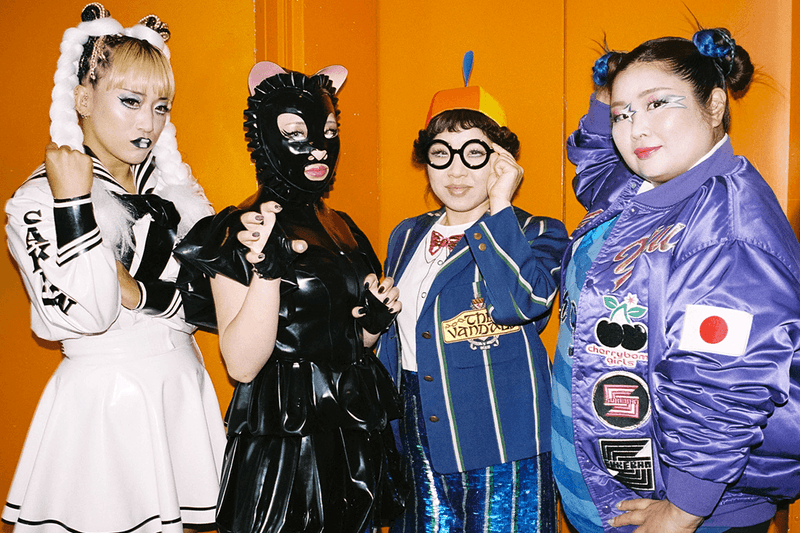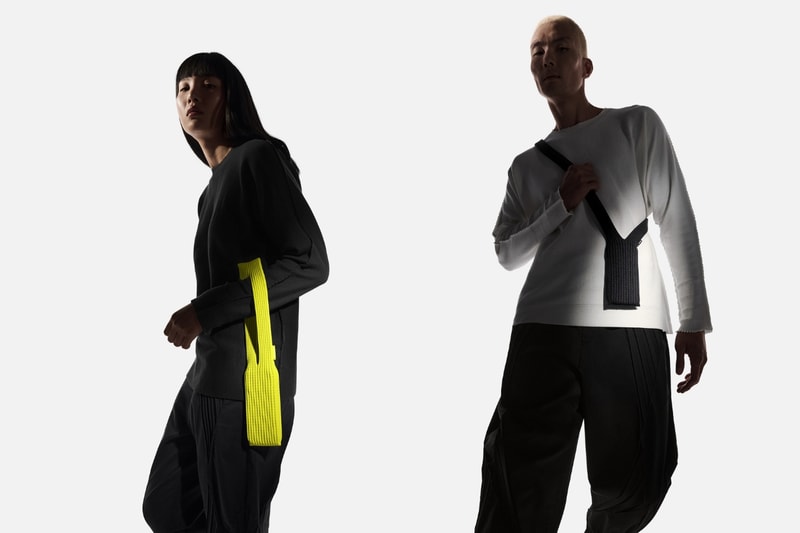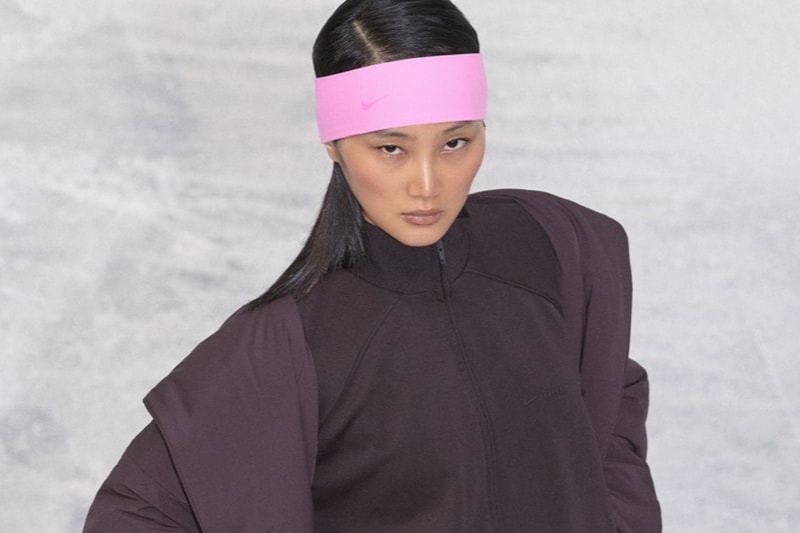Stuck in a Style Rut? Julianna Lee Is the Answer to Your Prayers
info@hypebae.com (Hypebae) Wed, 12 Nov 2025 Hypebae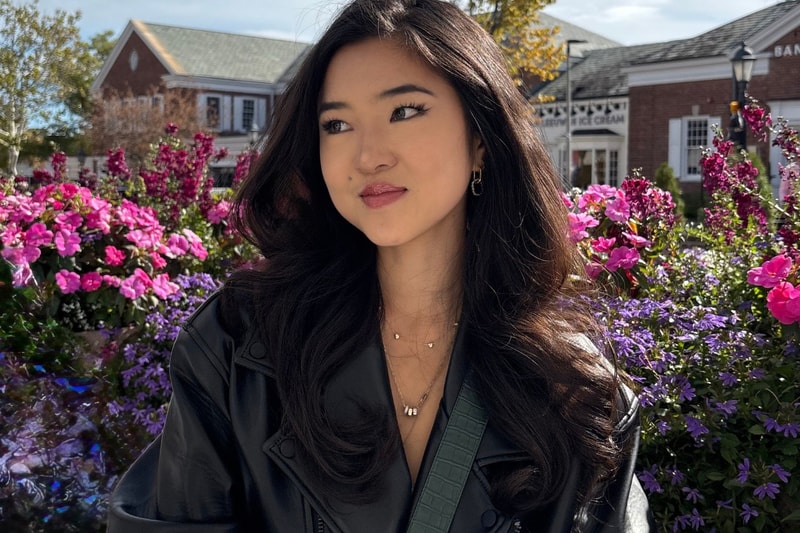
If you've ever wondered whether or not you have broad shoulders, light or dark features, or a long or short torso, then you're in the right place. Thanks to TikTok, personal styling has become a huge topic of conversation in the last year or two and with that comes a slew of online stylists ready to offer their services.
One such stylist is Julianna Lee, a self-taught creator who goes beyond deciphering simple outfit combinations and seasonal trends and instead uses color analysis and specific features to inform her process. Lee began sharing analysis videos on TikTok and Instagram, showcasing how subtle color changes, different makeup styles, and body analysis can help elevate a look.
Her videos were met with a super positive response, which led to her being inundated with requests for personal styling and not long after, her styling service was born. Featuring a color analysis, body type analysis and features analysis offering, her services can be used in combination or apart, aiming to help clients discover what "truly flatters them."
Ahead, we speak to Lee about the evolution from creator to stylist, the process behind her services and her plans for the future.
Scroll down to read the full interview and head to her website, Style Elevated, to find out more.
You've become so well-known online for your style analysis videos. How did you get started?
I've always been interested in fashion and style, specifically because I feel like style is more personal to you and your specific features. I never had social media before college. I started an Instagram account later in college, and I would just post my own outfits. It was just a hobby, but eventually I wanted to expand on it, because I felt like my own features and my own body type only showed, like one out of many. I started learning more about the different body types, facial features, color seasons and all of that, and we've just grown from there.
View this post on Instagram
At what point did you transition from traditional styling to the more in-depth features analysis? How did you begin researching those things?
It's been a long process of trial and error because there are so many different little variables. For example, if someone has an hourglass shape but at the same time, they have a shorter torso, between what would normally suit the hourglass and a shorter torso, they'd have to weigh up the two. A while ago, I was looking at capsule wardrobes and I just remember that a lot of the styles actually just didn't look good on me, even though they're supposed to be the foundational styles. My aim is for us to, rather than try and change our own body type or features, really delve into seeing how we can use our body type and facial features as the base and then see what works from there.
Color analysis feels like something we've not seen as much in Europe, but way more in parts of Asia like Korea. What's your experience of that?
It's so interesting, because the color season system was originally created for Caucasian features. Not to say that everyone in Europe is Caucasian, of course, but it wasn't necessarily created with Asian features in mind. This is just kind of my theory but in East Asia, most people tend to have the same contrast level, most people tend to have dark hair, lighter skin, as well as the same undertones. So the ability to discern in some way, is often more desired and is even more important.
Yeah, that makes sense. So, you started by posting videos online, but at what point did you think, "maybe this is something that could be monetized or a service that I could actually offer people?"
I was getting requests when I started doing the videos. People would ask, "Do you do personal styling? Do you do personal shopping?" and all of that. When I first started, my services were way different than how they are now. I had so many different services and it was a bit confusing. But because I've always wanted to make this my full-time thing, a lot of it was trial and error while I was working full-time or in school.

When you do go through that service and the process with clients, what is that process like? Where do you begin?
The guides and the different color seasons and body type systems definitely help, but it's still unique to each individual. Once a client books, I send them their form and which has questions on their style preferences. Things like where they like to go with their style, what kinds of features they like and don't like, so I can paint a picture from their perspective, but still have my own objective view as well. Then, they also submit pictures and I always start with the features analysis, looking at facial features, a color analysis and a body type analysis.
It's most common for clients to just book all three, because they are all intertwined. I always start with the features analysis, because I do think our face is the first thing that not only other people see, but what we really focus on ourselves, too. Essentially, I draw or paint on my makeup recommendations on the individual and again, there's a lot of trial and error, because a lot of the time the style that you think would look correct on them is good, but it's still not their best style. Then there's also this thing called style essence, which I cover in my features analysis, but I weave it into my other analyses as well.
View this post on Instagram
You've been offering these services for a little while now. What are some of the common things that you've noticed or things you've seen people gravitate towards that often don't work?
Yeah, definitely. used to do this a lot too, but sometimes, if we feel less happy with our body type, we will emphasize the thing that we just like the most, instead of what makes us look most proportional. Of course, it's good to have that in mind, and to not just ignore the client's preferences, but also to recognize that we need to see the entire silhouette as a whole.
For example, a lot of people don't love their ankles, but if I look from far away, and it's not even like flattery, I just don't notice it, and I don't find it something that's jarring. It's totally natural to have insecurities, but then you see things a certain way. Most people, unless their face is super long, they'll think it's round, when actually, a lot of the time, people's faces are an oval shape. Ultimately, it's not the end of the world, but when people base their styling entirely on their insecurities, when it's not even accurate, it can be a little misleading.
With that in mind, how do you find fashion trends affect your service and your process?
I'm not against trends. I think they're fun, and they're also not going away. Even if the trends themselves change, they are an important part of the fashion community. I see them as kind of a novelty and something that you can lean into when you feel like it suits you. Maybe that's my whole philosophy: if you know your body type and you're secure in your own features, then you don't feel as pulled to immediately try and keep up with every single trend. I don't think trends are bad, but it's worth testing them and not just blindly accepting trends as they come.
Totally. What would you say is next for you in terms of Style Elevated? How do you see your offering evolve?
I have lots of plans! I really want to expand into more specific product recommendations. A lot of clients ask me for personal shopping advice and I, unfortunately, don't have the bandwidth at the moment, but I want to expand more into that. And also I'd like to be the test guinea pig, if I can, to see if things are actually good quality, if things will actually look good on, not only now, but like, in a couple years, even when trends change. I want to be a good resource on social media. I recently signed a new editor for my long-form content, so I'm super excited about that as well.


